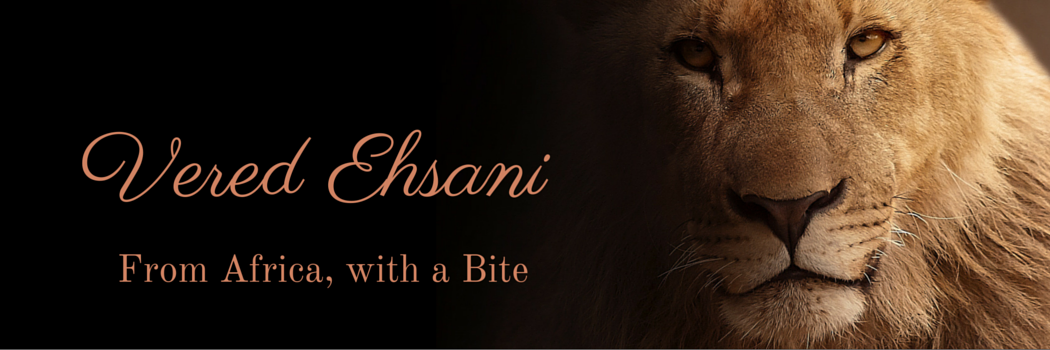Are there Boa Constrictors in Africa? And when was plastic sheeting first used by fruit vendors?
In Ghosts of Tsavo, there lives near Mrs Knight’s home a supernaturally-enhanced Boa Constrictor. A clever reader wrote me and pointed out that Boas aren’t native to Africa. Perhaps, he suggested, the giant serpent is a Rock Python.
Well, as it turns out, Rock Pythons:
a) Are naturally found in Africa;
b) Constrict their prey, much like a Boa does; and
c) Are big.
The Rock Python is in fact Africa’s largest snake and one of the five largest snake species in the world, with a length that can exceed 6 m (20 ft). Yikes!
So I have amended my mistake (which was also in Case 2: The Automaton’s Wife), and we now have a ginormous Rock Python slithering amongst the primordial trees bordering the railway camp of Nairobi.
The same insightful reader then pointed out that plastic sheeting wouldn’t have been used in colonial Kenya.
You see, I’d written a description about fresh produce being displayed on woven mats and plastic sheets. I was in fact picturing Kenyan markets as they are today, but back then, I doubt anyone would’ve had access to scrap plastic.
Having said that, plastics have been around for quite some time. Early versions were derived from natural materials such as egg and blood proteins. In 1600 BC, Mesoamericans used natural rubber for balls and figurines. One of the first attempts at creating a man-made plastic was patented in 1856.
In theory then, there could’ve been plastic in Nairobi’s small but chaotic market in 1899. In reality, plastic wasn’t commercially produced until the 1900’s, and only began to be mass produced in the 1940’s.
The reference to plastic sheets has therefore been removed.
Thanks, Sam Point, for picking up on these details. As a token of appreciation, you will be gifted Case 3: Revenge of the Mantis once it’s ready for release.
Did anyone else detect these or other issues? Let me know!
Cheers
Vered


Don't just sit there - say something!